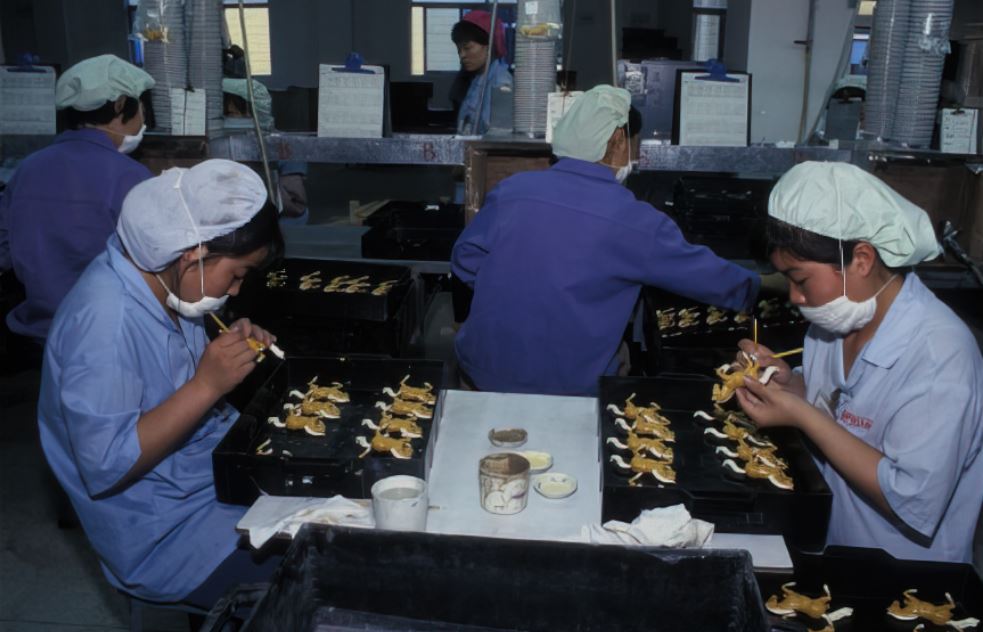Introduction to Layered Process Audits
Layered Process Audits (LPA's) are standardized audits performed on a regular basis by the different hierarchy levels in the manufacturing site, which allow verifying the level of adherence of the actual production processes to the standards.
Historically, the automotive sector was one of the pioneer industries in the introduction of Layered Process Audits and, nowadays, it is common for automotive plants to require their suppliers to implement this type of audits.
More and more sectors that opt for the Lean path in search of excellence are introducing this type of audits to verify the standards of their processes.
Benefits of implementing Layered Process Audits
The implementation of the structured methodology of Layered Process Audits allows a production system:
- To check the correct application of the defined work standards.
- To improve quality levels, anticipating possible problems.
- To promote continuous improvement, identifying new opportunities in production processes.
- To improve the discipline for the application of the standard.
- To improve communication between the different levels of hierarchy.
What topics should a layered process audit cover?
The following topics should be covered in any layered process audit:
- Safety: questions should be related to PPE and other protective tools for the operators working at that station.
- Ergonomics: To check that the station to be audited has the required ergonomics.
- Operator qualification: To ensure that only people with the appropriate level of training are working at the workstation.
- Standardized work: To check that the work standard developed has the required level of detail, on the one hand, and that the operators comply with this standard, on the other hand.
- Production release: To ensure that the first OK part has been released properly.
- Work station organization: Here we would include everything related to FIFO, order and cleanliness in the work station (5s).
- Maintenance of the working tools: here it will be checked that the tools used are in good condition.
- Verification of Poka-Yokes: to ensure that they work correctly and detect what they should.
- Specific quality questions: related to the station being audited at that moment, a series of specific questions related to important check points or complaints that have occurred (either internal or customer) should be made.
- Operator suggestions: Conducting layered audits gives us the opportunity to talk to operators so any suggestions for improvement on the above points should be taken into account.
Steps for the implementation of Layered Audits
First Step: Choosing the Workstation to be audited
In this first step, the workstation to be audited should be chosen, always following the established schedule to ensure that all processes are audited at least once a month.
Second Step: Performing the audit
In this second step the audit of the process in question will be carried out, following an established standard checklist.
Third Step: Documentation of the results and development of action plans
After carrying out the audit, the entire hierarchy should be informed about what we have found.
All nonconformities found should be recorded and action plans should be drawn up. In order to carry them out correctly, we must assign a responsible person and a target date for closing the actions to solve the nonconformity.
Fourth Step: Follow-up
Follow-up of opened actions should be carried out to ensure that they are closed on time. The support of factory managers will help a lot here.










